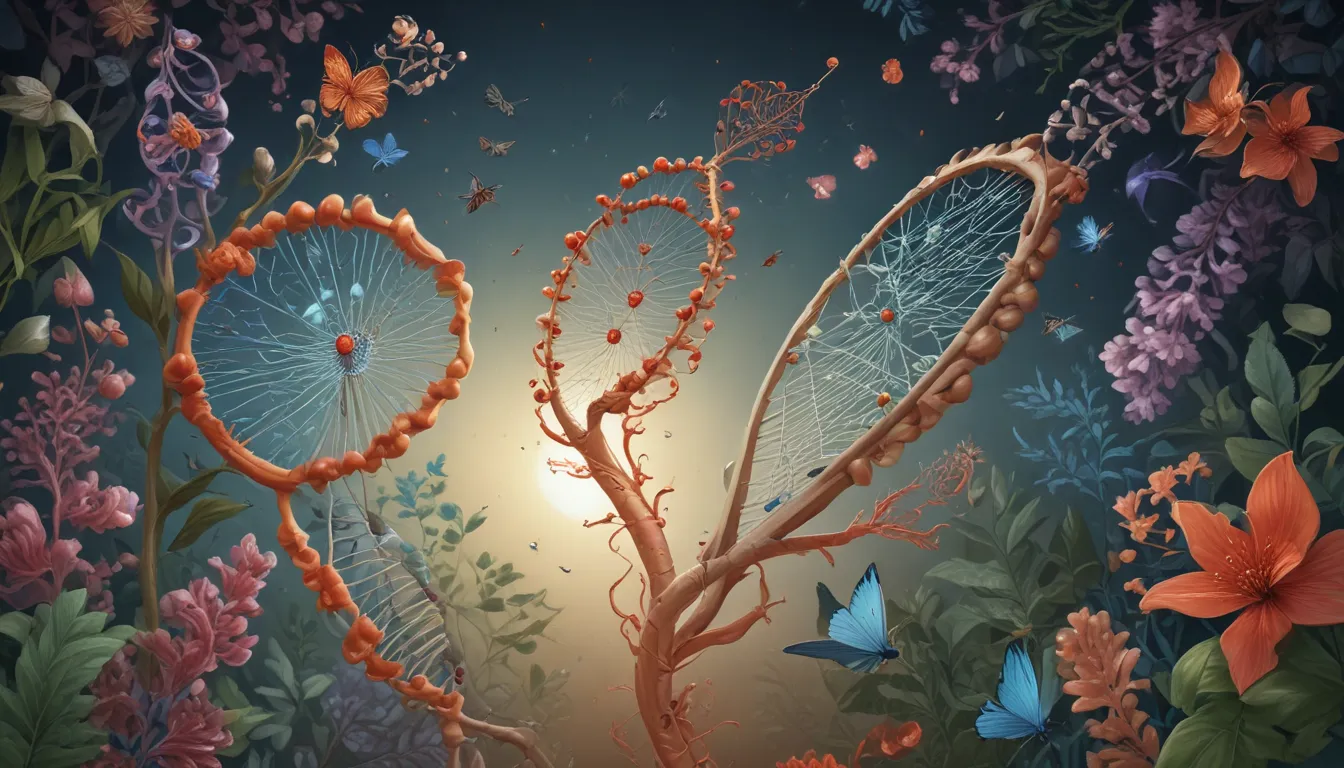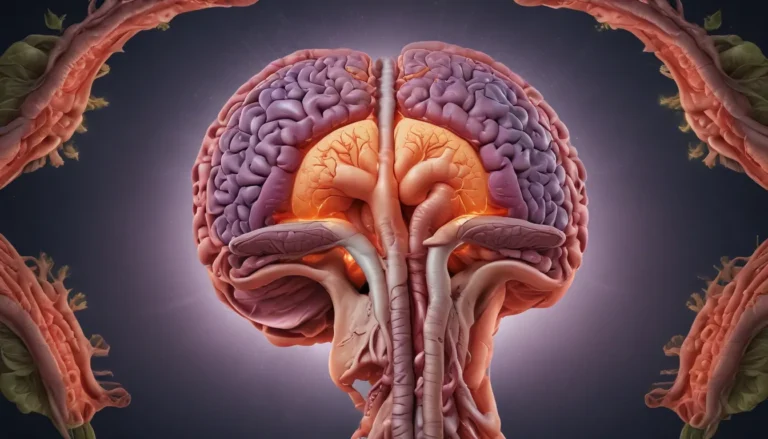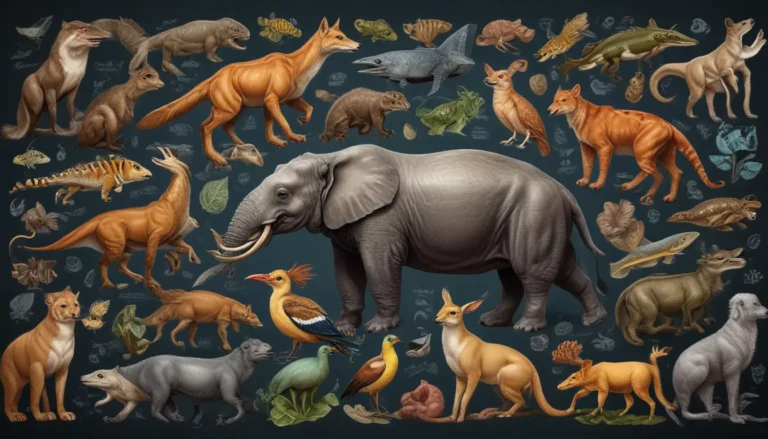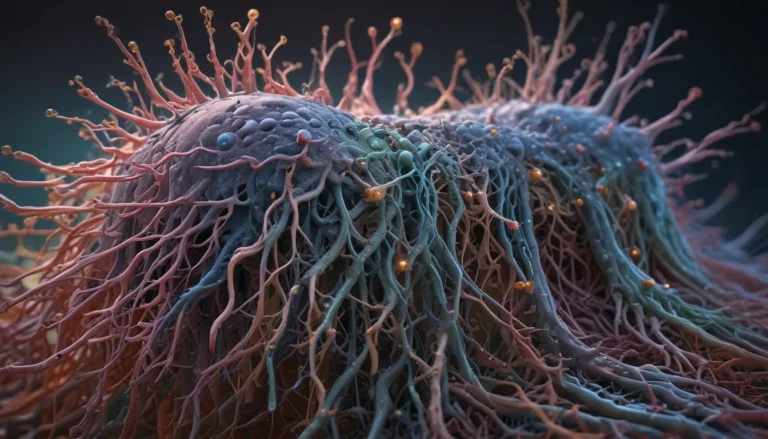A Note About Images: The images used in our articles are for illustration purposes only and may not exactly match the content. They are meant to engage readers, but the text should be relied upon for accurate information.
Genetics is a complex and fascinating field that delves into the mysteries of how traits and characteristics are passed down through generations. Inheritance patterns lie at the core of understanding this intricate process, shedding light on the mechanisms that govern genetic inheritance. Whether you are well-versed in biology or simply curious about the inner workings of genetics, the insights provided in this article will not only deepen your understanding but also leave you in awe of the remarkable world of inheritance patterns. Let’s embark on a journey to unravel the secrets of genetics and explore the astounding facts about inheritance patterns!
Decoding the Genetic Puzzle
- Genes are the key players in passing traits from parents to offspring. Some traits require just one gene to manifest, while others need a combination of genes. It’s like a genetic game of hide and seek, with each trait being a unique puzzle piece influenced by both genetic inheritance and environmental factors.
Unveiling Mendel’s Legacy
Gregor Mendel’s Laws of Inheritance laid the groundwork for understanding how traits are transmitted from one generation to the next. These laws delineate the transmission of specific genetic factors, now known as genes, from parents to offspring, shaping the inheritance patterns we observe today.
Delving into Dominance and Recessiveness
Inheritance patterns are shaped by dominant and recessive traits. Dominant traits are expressed when only one copy of the gene is present, while recessive traits require two copies for expression. This interplay between dominant and recessive traits underscores the diversity of genetic inheritance.
The Spectrum of Genetic Expression
- Incomplete Dominance: Some traits exhibit incomplete dominance, where neither allele for a trait is fully dominant. This results in an intermediate phenotype, as seen in the blending of colors in flower petals.
- Co-dominance: Co-dominance involves both alleles for a trait being fully expressed in the phenotype. An example is the AB blood group, where individuals express both A and B alleles.
Unraveling the Complexity of Polygenic Inheritance
Certain traits, such as height, skin color, and intelligence, are governed by multiple genes in polygenic inheritance. The interplay between these genes contributes to the wide spectrum of variations observed in human traits.
Exploring Sex-Linked Traits
- Sex-linked traits are linked to the sex chromosomes, particularly the X and Y chromosomes. These traits, such as color blindness and hemophilia, are more commonly expressed in males due to their inheritance on the X chromosome.
Epigenetics: Beyond the DNA Sequence
Epigenetics delves into changes in gene expression that do not involve alterations to the DNA sequence. These changes can be heritable and influence inheritance patterns, shedding light on the role of environmental factors in genetic expression.
Bridging Genetics and Environment
- Environmental factors can influence genetic expression, impacting the inheritance of traits. Nutrition, exposure to toxins, and other environmental influences play a pivotal role in shaping how genes are expressed and inherited.
Unveiling the Beauty of Genetic Inheritance
The study of inheritance patterns unveils the intricate tapestry of genetic transmission across generations. By unraveling the complexities of genetic inheritance, scientists have made groundbreaking advancements in various fields, from medicine to evolutionary biology. These discoveries pave the way for a deeper understanding of genetics and its impact on our lives.
FAQs
-
Dominant vs. Recessive Inheritance: Dominant traits require one copy of the gene, while recessive traits necessitate two copies for expression.
-
Environmental Influence on Inheritance: Environmental factors can impact gene expression, a concept explored in the field of epigenetics.
-
Mendelian Inheritance Variability: Not all traits follow simple Mendelian inheritance, with complex patterns like incomplete dominance and polygenic inheritance also at play.
-
Mutations and Inheritance: Mutations can alter inheritance patterns, introducing new variations and potentially leading to new traits or diseases.
-
Inheritance Diversity in Organisms: Inheritance patterns vary among organisms, showcasing the diverse ways genes are transmitted in different species.
Genetics holds a treasure trove of secrets, waiting to be uncovered through genetic linkage analysis, Hardy-Weinberg equilibrium, and Mendelian inheritance. Each discovery offers a glimpse into the intricate mechanisms that govern genetic inheritance and shape the diverse traits observed in living organisms. Embrace the wonders of genetics and expand your knowledge of inheritance patterns, unlocking the mysteries that drive life’s diversity and complexity.
Was this exploration into inheritance patterns helpful in deepening your understanding of genetics and inheritance? Our dedication to accuracy and credibility ensures that each fact presented is thoroughly reviewed for authenticity. Join us in uncovering the wonders of genetics and unraveling the mysteries of inheritance patterns with confidence and curiosity.





